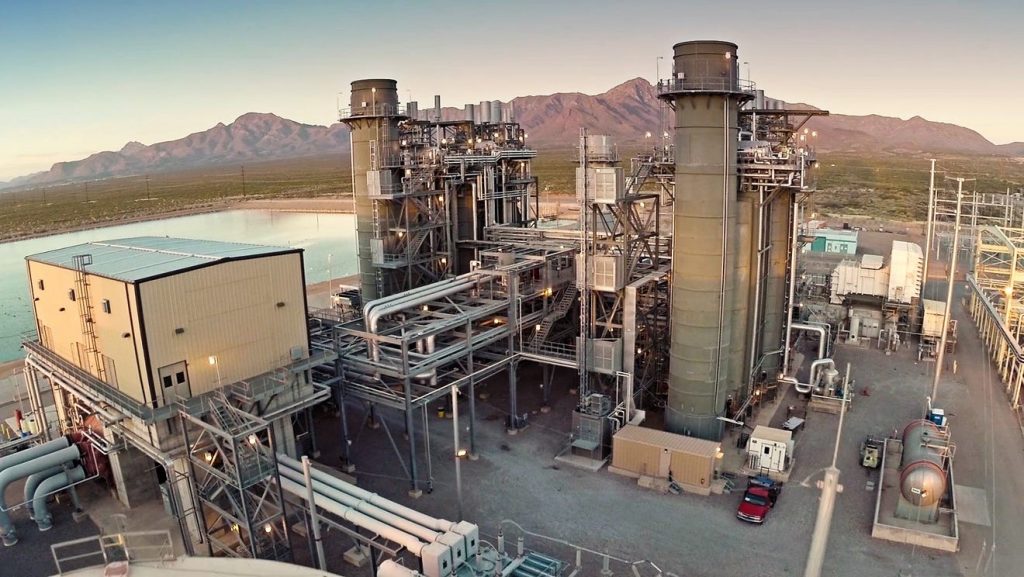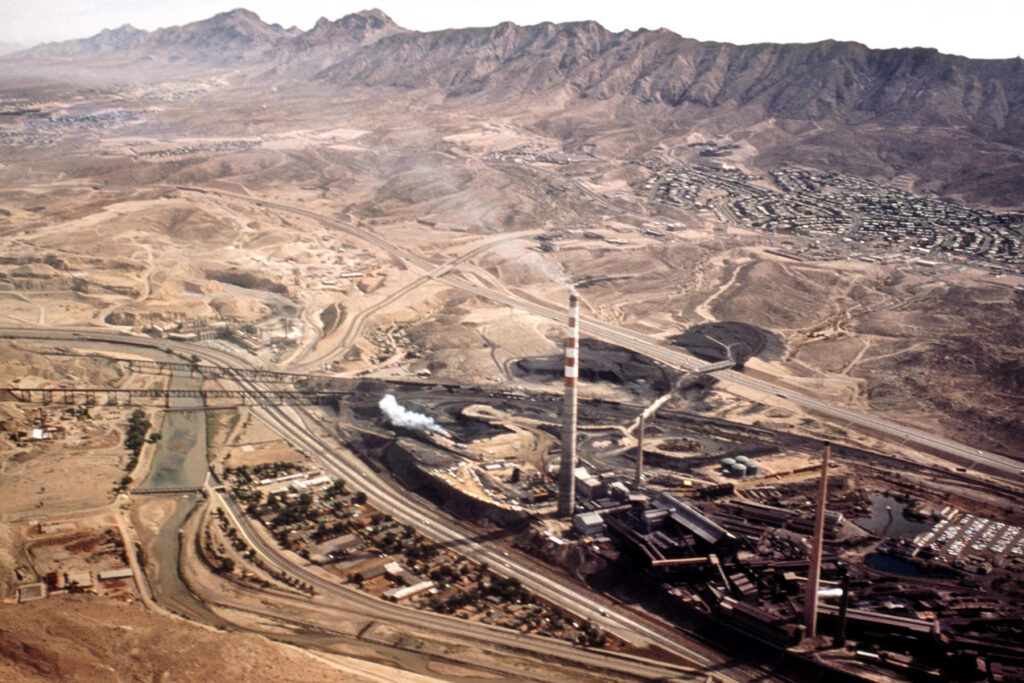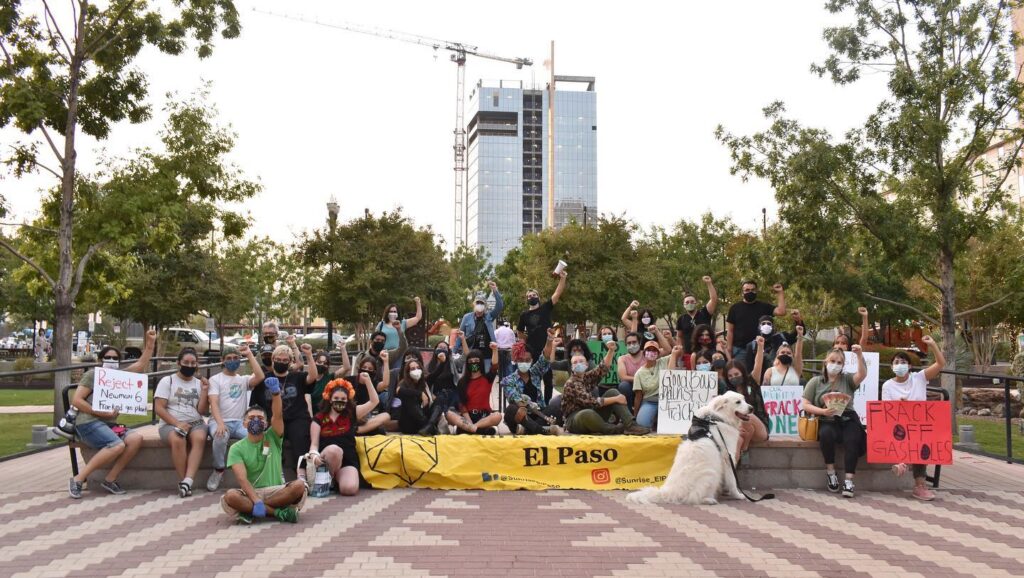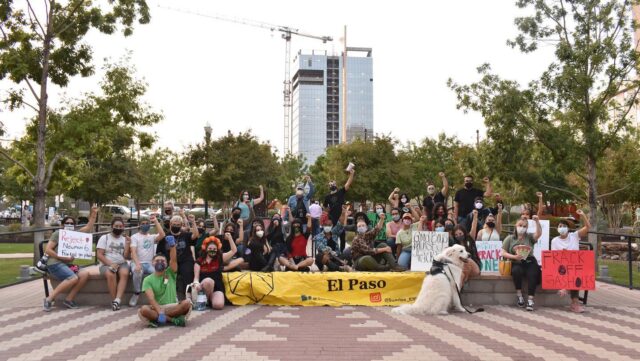I live in El Paso, TX, one of the sunniest cities not only in the United States but in the world. Despite our unparalleled capacity for shifting to solar power, only 13% of our city runs on renewable energy; solar energy accounts for a mere 3% of our power utility’s energy production portfolio. This, combined with loopholes in air regulations that allow polluters to blame adverse air quality on emissions from across the border, has left El Paso’s residents experiencing one of the worst levels of air pollution in our state. Those who suffer the highest levels of particulate matter and volatile organic compound emissions live in predominantly low income, Spanish-speaking communities along the border.
Our city has had the opportunity to reverse these conditions, but lack of popular political agency has set us back. Last year, our City Council allowed El Paso Electric – our public electric utility – to be privatized by a J.P. Morgan shell company despite intense pushback from the community to reject the sale. The “investment” in El Paso by J.P. Morgan was made based on our proximity to the Permian Basin, a hotspot for new fracking efforts. Local activists’ suspicions of the nefarious nature of the utility purchase were confirmed when El Paso Electric announced its plans to build a giant 230 MW gas-fired power plant near Chaparral barrio, a frontline border community. This power plant would be used to process fracked gas from the Permian Basin and cement El Paso’s use of dirty energy for at least the next 20 years; the Texas Commission on Environmental Quality has no plans of intervening.

It is not a coincidence that the US-Mexico border continues to confront the threat of ecological damage at the hands of industry. The border is a dynamic region built on the intersection of transnational capitalist accumulation, empire-building, and colonialism. After the violent subjugation of indigenous peoples in 1848, the binational settler-colonial project cast El Paso’s border region as a critical site for resource extraction and profit accumulation. Maquiladoras, mines, haciendas, railroads, and smelters have been courted by the region’s political elite for centuries. They have served as sites to expropriate labor and land and as key instruments in the construction and negotiation of border identities.
In her book Smeltertown: Making and Remembering a Southwest Border Community El Pasoan scholar Monica Perales interrogates the way El Paso’s Asarco Co. smelter was both an expression of corporate control over Mexican-American lives and an integral component of a tight-knit immigrant community. She writes: “Residents navigated through the world the company made, but they also purposefully engaged in creating their own Mexican world beyond the bounds of company property, building a vibrant community culture rooted in the places they inhabited on a daily basis.”

Danny Lyon, May 1972, U.S. National Archives
Today, an activist group named Sunrise El Paso has amassed critical support to engage in a similar struggle against the backdrop of the climate crisis and the privatization of El Paso Electric. It is they who are spearheading the fight against the construction of Newman 6 in collaboration with Chaparral residents despite limited capacity and resources. Made up of primarily Latinx youth, the group’s radical politics include an analysis of El Paso’s colonial past. Through my research, I intend to demonstrate how Sunrise El Paso’s work is a project in returning dignity to the borderland and agency to its people, and why the environmental justice movement in America should take a decolonial turn to follow suit.

Photo by Graciela Blandon, 2020
